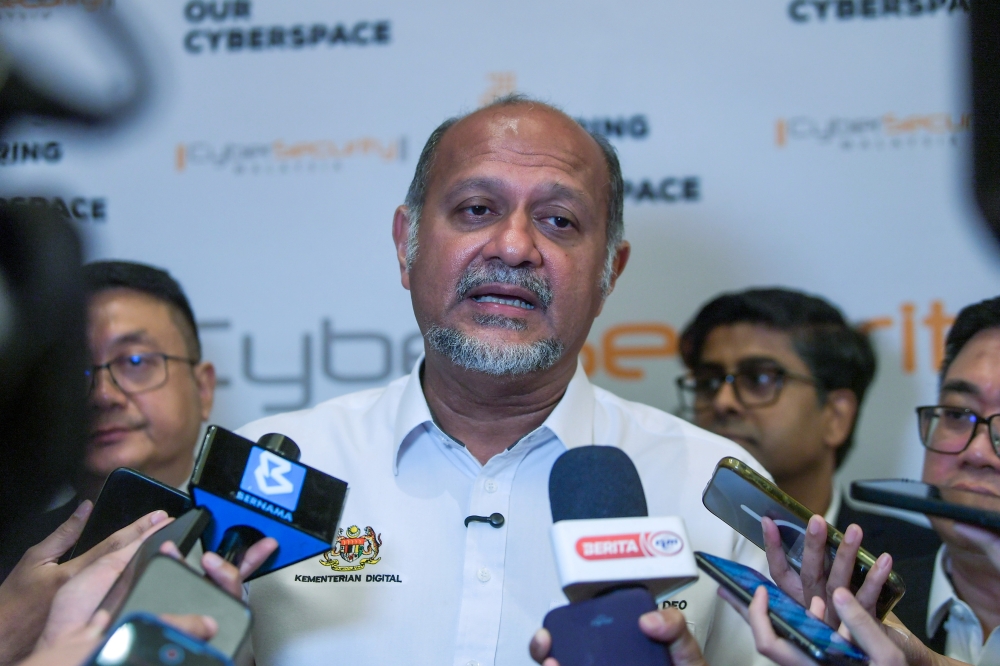Could 'Driver Monitoring Systems' Be the Next Safety Feature in Your Aussie Car?
Imagine a future where driving under the influence is a thing of the past. It might sound like a dream, but advancements in drunk driving prevention technology are rapidly turning it into a reality. Just like seatbelts, rearview mirrors, and backup cameras have become standard safety features in modern vehicles, the National Highway Traffic Safety Administration (NHTSA) in the US is pushing for the widespread adoption of technology designed to stop impaired drivers before they even turn the key.
What's Driving the Change?
The statistics are sobering. Despite decades of public awareness campaigns and stricter laws, drunk driving remains a significant cause of road fatalities in Australia and around the world. According to the Bureau of Statistics, alcohol-related crashes still account for a concerning percentage of road deaths each year. This grim reality has spurred regulators and automakers to explore innovative solutions.
Enter Driver Monitoring Systems (DMS)
The technology gaining traction is known as Driver Monitoring Systems (DMS). These systems go far beyond simple breathalyzers. They utilise a combination of technologies to assess a driver's impairment, including:
- Infrared cameras: These monitor eye movements, blink rate, and head position to detect signs of drowsiness or impairment.
- Steering pattern analysis: Sudden swerving, inconsistent steering, and delayed responses can indicate a driver is not fully in control.
- Facial recognition: Advanced systems can even detect facial expressions associated with impairment.
- In-cabin sensors: These can detect alcohol levels through breath or skin vapour, similar to existing ignition interlock devices, but integrated more seamlessly into the vehicle.
How Could DMS Work in Your Car?
Several scenarios are being explored. A DMS might issue warnings to the driver if it detects signs of impairment. In more advanced systems, the car could automatically limit speed, disable certain features, or even safely bring the vehicle to a stop if the driver is deemed unfit to continue.
The Australian Context & Regulatory Landscape
While Australia doesn't currently have mandatory regulations requiring DMS in all new vehicles, the discussions are underway. The Australian Road Safety Foundation is actively monitoring developments in the US and Europe, and considering how these technologies could be incorporated into Australian road safety strategies. The focus is on finding a balance between safety and driver privacy, ensuring any implementation is fair and doesn’t unduly penalise responsible drivers.
Beyond the Technology: Addressing the Root Cause
It’s important to remember that technology is just one piece of the puzzle. Addressing the underlying issues that lead to drunk driving – social attitudes, access to support services, and responsible alcohol consumption – remains crucial. DMS should be seen as a complementary tool, working alongside existing prevention measures.
The Road Ahead
The integration of DMS into everyday cars is not a question of if, but when. As the technology continues to improve and costs decrease, we can expect to see it become increasingly common, potentially saving countless lives and making our roads safer for everyone. Keep an eye out – your next car might just be watching out for you.






